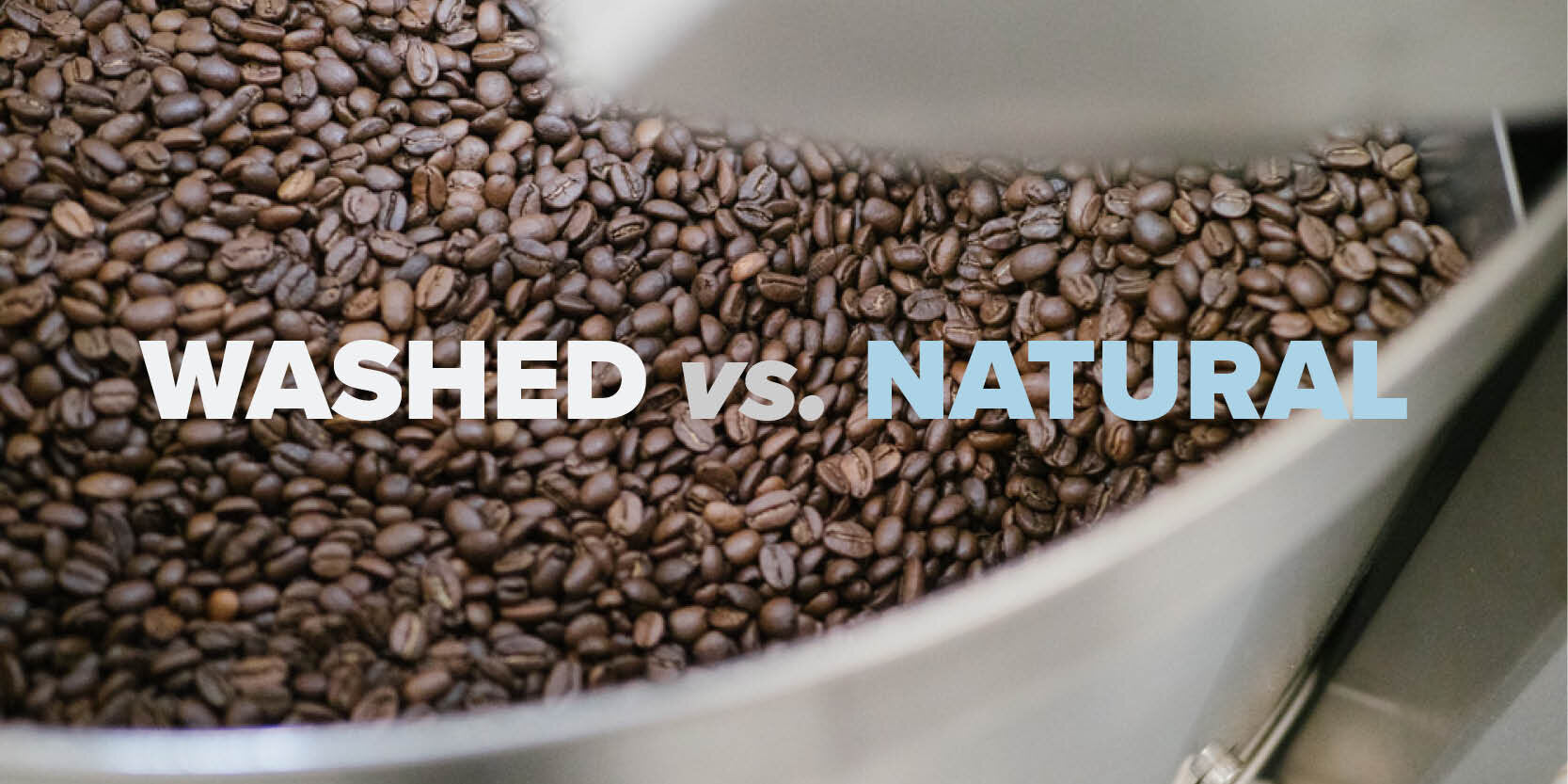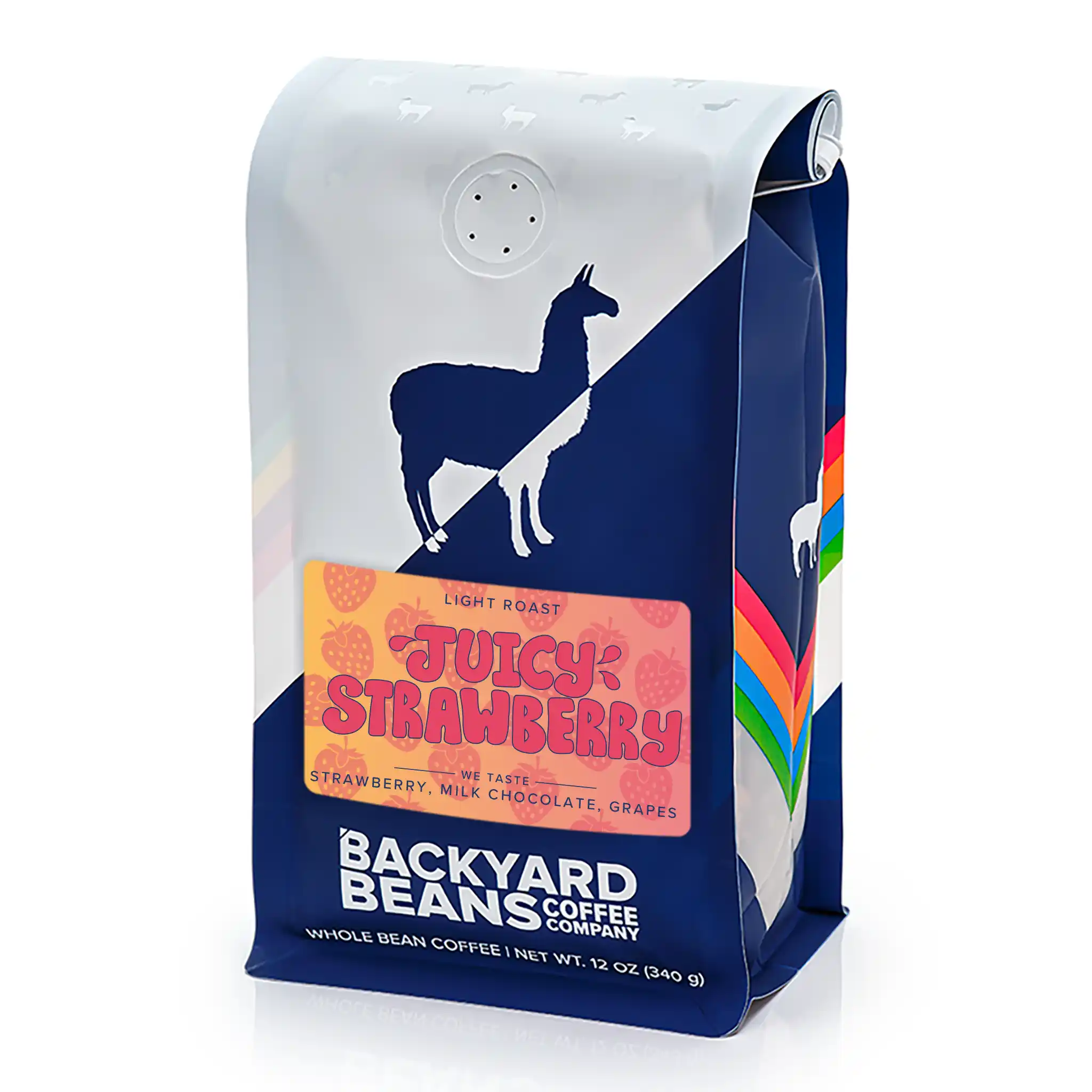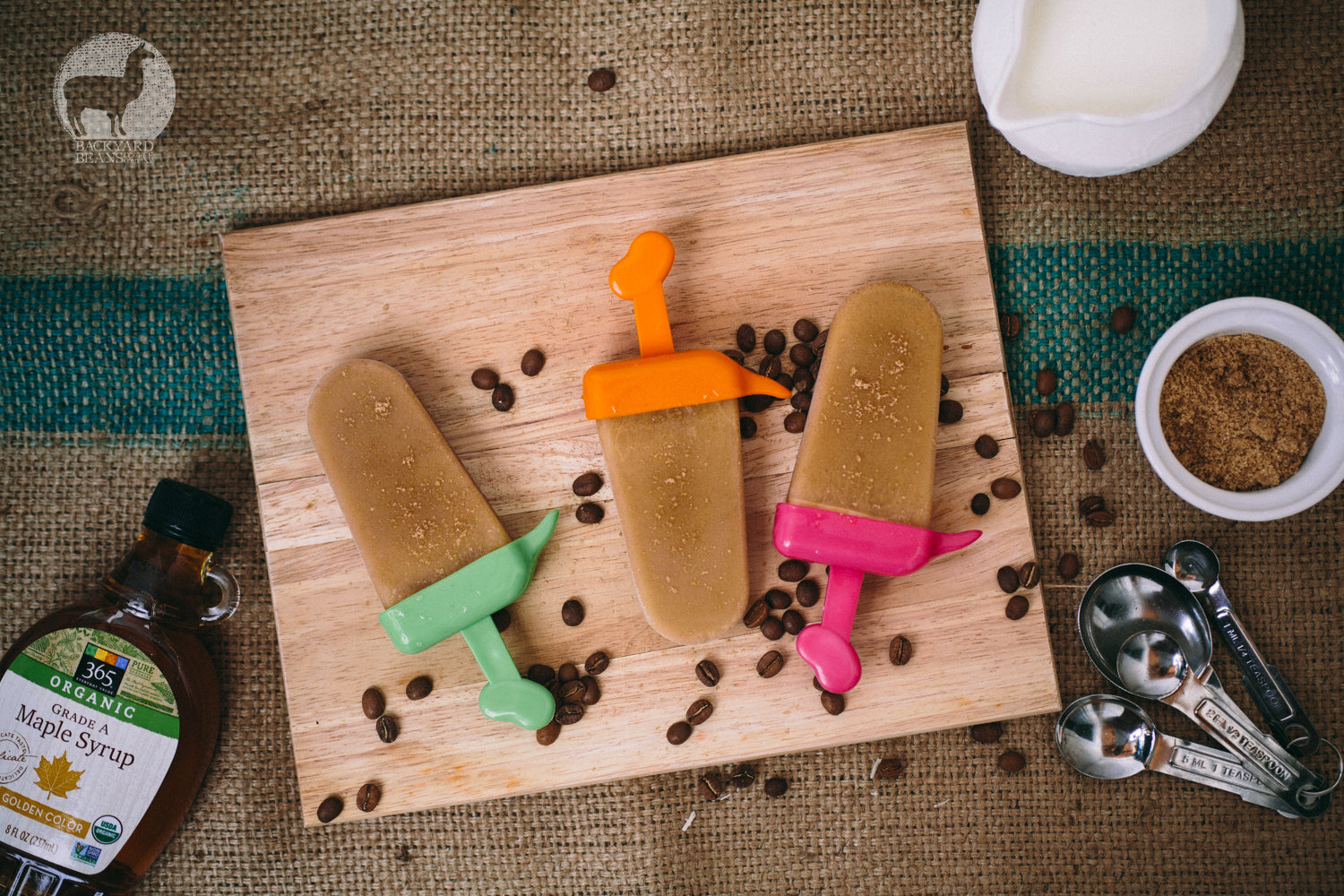A few months back we posted a blog about how roast levels affect the flavor experienced in the cup. We put a lot of energy into our craft of roasting at Backyard Beans, seeking to always pull out the best in every coffee we offer. Roast, however, is only one aspect that can alter the flavor profile in coffee. If we aren’t starting with high quality, specialty grade green coffee then we can’t magically make it taste great with the perfect roast.
What we want to highlight this month is how the processing method affects flavor.
The coffee bean is encased in many layers: silver skin, parchment, pectin, pulp, and outer skin. There are three primary methods to process the coffee and extract the bean: washed/wet-process, natural/dry-process, and pulp natural. Some Indonesian coffees employ a separate method, wet-hulled, but that is for another day. We want to focus in on natural vs. washed.
Dry processed (naturals) coffees are dried in the full cherry prior to de-pulping. Wet processed (washed) coffees are dried without the cherry. Washed coffee’s are de-pulped then usually fermented to promote the separation of any remaining pectin still stuck to the bean and parchment, then washed clean prior to drying.
Naturals tend to have more fruit and fermented flavors because the bean has more time to interact with the natural sugars from the cherry as enzymes break down the mucilage around the bean. If producers don’t carefully dry naturals, turning them often and removing over-ripes then funky flavors will emerge in the roasted coffee.
Washed coffees are prized for their clarity and vibrant notes. Removing all of the cherry prior to drying allows the intrinsic flavors of the bean to shine without anything holding them back. Fruit notes are still found in washed coffees, however, fermented notes and berry notes are less common.
Want to taste the difference? Try our new Process Pairing - Ethiopia Chelbesa! One coffee, two pathways: a washed and natural processed coffee paired together to highlight the flavors that each process adds to the coffee!











